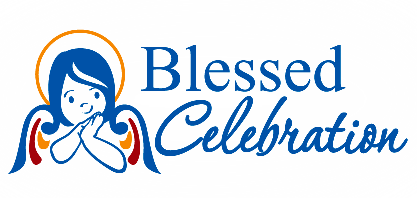~~~
The icon reproductions are created by iconographer monks of various Greek Orthodox monasteries in Greece and all images are approved replications by the Greek Orthodox Church. As icons are considered to be the Gospel in image, these images are accurate and true Orthodox renderings, not second-hand interpretations.
These icon reproductions are prepared in the traditional Orthodox style: a fine detailed image is mounted on solid wood. The mounted image is covered with shellac to provide the luster of a traditional byzantine icon. The icon is then covered with multiple layers of varnish to coat the image with a protective layer that shields the colors from fading and protects from humidity. This Icon also has a hook on the back enabling it to be hung on walls.
These icons are a true Orthodox image approved by the Eastern Orthodox Archdiocese.
Orthodox icon of Saint Barnabas, the Apostle.
Commemorated June 11th.
Saint Barnabas, originally named Joseph and born on the island of Cyprus into the Levitical tribe, was educated in Jerusalem alongside Saul, who would become the Apostle Paul. Under the guidance of the esteemed teacher Gamaliel, Joseph grew in piety, frequently attending the Temple and observing religious practices with dedication. When Jesus began His ministry, Joseph recognized Him as the Messiah, embraced His teachings, and became a devoted follower, eventually receiving the name Barnabas, meaning "son of consolation," as he was chosen by Christ to be one of His Seventy Apostles.
After the Ascension of Jesus, Barnabas sold his land near Jerusalem and donated the proceeds to support the Apostles. He played a crucial role in welcoming Paul, who had recently converted from persecuting Christians. Barnabas and Paul then traveled to Antioch, where they taught for a year, and it was here that the followers of Jesus were first called Christians. During a famine, they returned to Jerusalem with aid. Despite facing persecution, Barnabas and Paul continued their missionary work, traveling through various cities, preaching to Jews and Gentiles, and participating in the Council of Jerusalem, which addressed the requirements for Gentile Christians.
Saint Barnabas eventually journeyed to Rome and Milan, spreading Christianity. After facing opposition from Jews who incited pagans against him, Barnabas was stoned and burned. His body was later discovered by Mark, who buried him with a handwritten Gospel of Matthew. In 448, his relics were miraculously found, leading to the recognition of the Church of Cyprus as Apostolic. Barnabas’s efforts helped secure the Church’s independence and protect it against external claims, cementing his legacy as a steadfast defender of the Christian faith.



